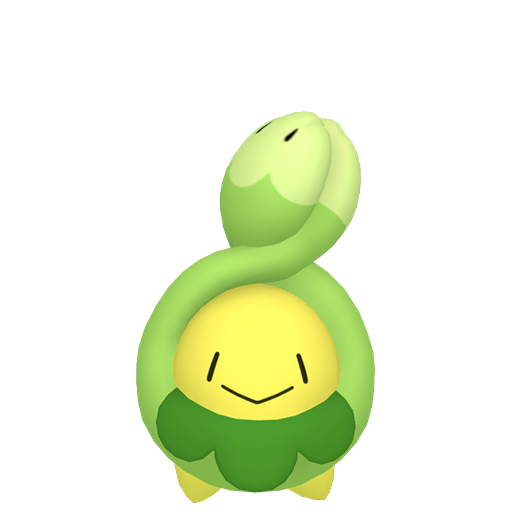Budew
The Grass/Poison type Pokemon. Discover comprehensive stats, moves, evolution chain, and game locations.
Pokédex #406

Grass
Poison
Pokemon Details
Species: Bud Pokémon
Height: 0.2 m
Weight: 1.2 kg
Abilities:
- Natural Cure
- Poison Point
- Leaf Guard (Hidden Ability)
Training
EV Yield: 1 Special-attack
Catch Rate: 255
Base Friendship: 50
Base Exp: 56
Growth Rate: Medium Slow
Breeding
Egg Groups:
Egg Cycles (Steps):
- Min:
- Max:
Gender:
- Male: %
- Female: %
Stats
30
35
40
50
70
55
Total
280
Type Guide
Learn when this Pokémon is a good pick. “Great against” are types your moves hit hard. “Watch out for” are move types that hit you hard.
Great against
Water×2
Fairy×2
Watch out for
Fire×2
Ice×2
×2
Psychic×2
Bug×2
Not very effective on
Fire×0.5
Poison×0.25
×0.5
Bug×0.5
Ghost×0.5
Dragon×0.5
Steel×0
Takes reduced damage from
Water×0.5
Electric×0.5
Grass×0.25
Fighting×0.5
Fairy×0.5
Try a matchup
Pick the opponent’s types to see how your moves perform.
Your damage:×1Even
Tip: Dual-type opponents combine both types. For example, Water/Flying takes ×4 from Electric moves.
Loading evolutions...
Pokémon Moves by Learning Method
| Name | Level | Type | Category | Power | Accuracy |
|---|---|---|---|---|---|
| Absorb | 1 | Grass | Special | 20 | 100 |
| Growth | 4 | Normal | Status | - | - |
| Water Sport | 7 | Water | Status | - | - |
| Stun Spore | 10 | Grass | Status | - | 75 |
| Mega Drain | 13 | Grass | Special | 40 | 100 |
| Worry Seed | 16 | Grass | Status | - | 100 |